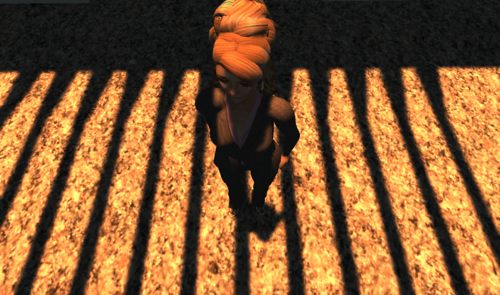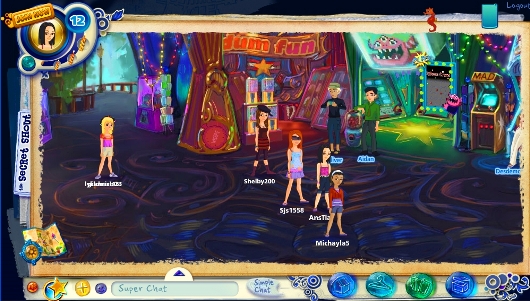Over at Dwell on It, Tateru Nino is running a poll on the proposed adult content changes, to gauge the spectrum of feeling on it. It’s had a significant number of votes to date, so add your one by going here.
For what it’s worth, I tend towards the idea that the policy has flaws that need fixing before giving support.
 When I used to take the train home from school everyday, I would admire how the lighting outside would seep over the windows, until they were a golden hue and it was too bright to see through them. It was like all the people, ending their active work days, would be lost in a tunnel of celestial yellow skies. You couldn’t help but smile, no matter how bad your day was.
When I used to take the train home from school everyday, I would admire how the lighting outside would seep over the windows, until they were a golden hue and it was too bright to see through them. It was like all the people, ending their active work days, would be lost in a tunnel of celestial yellow skies. You couldn’t help but smile, no matter how bad your day was.
 1. The official Linden Lab blog
1. The official Linden Lab blog
 Linden Lab is now in the final legs of
Linden Lab is now in the final legs of  In October 2008
In October 2008
Recent Comments